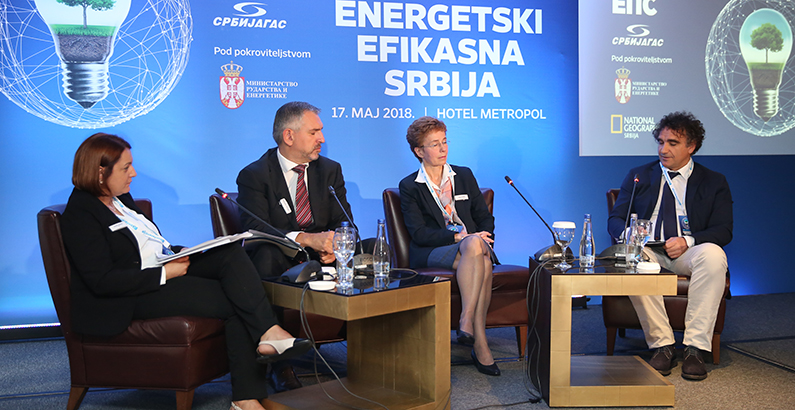
Photo: Adria Media Group
The feed-in tariff model of incentives for renewable energy production is obsolete, and the next step will be the introduction of feed-in premiums and auctions, said Miloš Banjac, assistant energy minister for renewable energy and energy efficiency. Banjac, however, did not specify which subsidy mechanism will be in place after the existing decree on feed-in tariffs expires at the end of this year.
Speaking at the “Energy Efficient Serbia” conference, organized by newspaper publisher Adria Media Group, Banjac said that the ministry’s priority in the coming period will be to set up an energy efficiency fund in order to boost the existing EUR 1.2 million annual budget for this purpose to between EUR 30 million and EUR 40 million a year, in what would pave the way for launching a major project to renovate private and public facilities, and help strengthen the energy management mechanism.
Banjac said that the feed-in tariff scheme of incentives for renewable energy, which Serbia introduced in 2009, is indeed obsolete, but he noted that it should be kept in mind that Germany introduced it in 1992.
The next step, according to him, is switching to the feed-in premium model with auctions, where construction rights are granted to the lowest bidder.
“Serbia relies on coal for the production of electricity, and will continue to do so for some time, but not forever. We have to think about what we should do not in the next five years, but the next 50 years. [Serbia’s Energy Sector Development Strategy until 2025] does not mention a nuclear program, but that option remains open. The fact remains that renewable energy sources cannot meet all our energy needs, even if we tap 100% of the potential,” said Banjac.
He said that the economy must not be based on large consumption of energy, as is currently the case with companies such as the [Smederevo] steel mill and [state-owned mineral fertilizer producer] Azotara. The solution lies in developing the IT sector, which generates higher revenues with less energy consumption.
Banjac noted that Serbia has so far adopted three action plans for improving energy efficiency, with targets met for the first two stages, while data is not available yet for the third stage, which envisages savings of 4% in order to achieve some 9% in about nine years.
“We save all the time, and that’s not a problem, but we now have rising consumption due to economic growth. That’s why we won’t achieve savings in absolute values, but we will in percentages. We had some targets in absolute values, and we did not meet them, unfortunately, or fortunately, because it’s not a bad thing if you improve energy and increase GDP,” he said.
EPS has until end-2018 to apply for wind farm subsidies
State power utility Elektroprivreda Srbije (EPS) will develop wind and solar projects, such as the planned investments in Kostolac, according to Aleksandar Jakovljević, head of EPS’ strategy department. He recalled that the wind farm project in Kostolac has been in the pipeline for several years now, with the first measurements of the energy potential conducted five or six years ago.
Banjac recalled that it has been agreed to make the wind farm in Kostolac an exception from the 500 MW quota for wind energy subsidies given that EPS’ agreement with the German development bank KfW on the construction of the wind farm was already in place in 2015, when regulations on incentives for renewable energy were being drafted.
“Those 66 MW will be subsidized if EPS applies for a temporary privileged producer status by the end of this year, when the decree on subsidies expires. I don’t see why they wouldn’t do it. After that, they will have three years to complete the project or else their investment will be lost,” said Banjac.
Jakovljević, for his part, said that EU rules, both those in force and those in preparation, are changing the ways in which companies make their plans.
“In Serbia, the process is even more uncertain given that it is not clear at the moment when some of those rules will apply to the country. We have yet to see what will happen next, whether the EU accession will take place in 2025 or whether we will get more time for some of the obligations. We are trying to prepare a plan that involves the lowest possible exposure to risks, while at the same time enabling successful business,” he said.
Jakovljević noted that renewable energy sources are mainly understood as the sources that qualify for subsidies, but that it is often forgotten that they also include large hydropower plants, which account for 30% of EPS’ electricity output. The modernization of large hydropower plants has so far soaked EUR 250 million, and a further EUR 650 million will be invested in it, according to him.
“This is like investing in 500 MW of wind capacity with an output of 1.2 TWh, whereas these large hydropower plants have an installed capacity of about 3,000 MW and an output of 10 TWh,” he recalled.





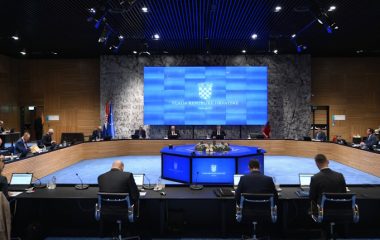
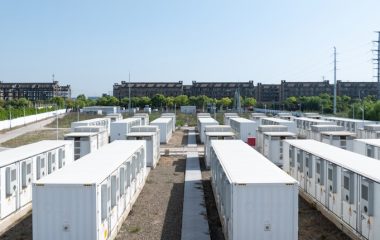
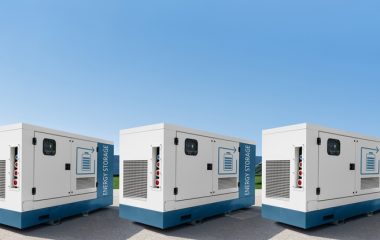
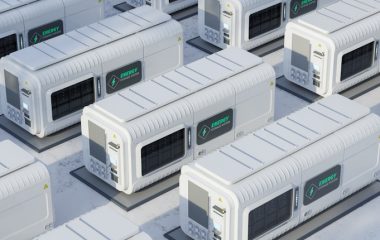
Be the first one to comment on this article.